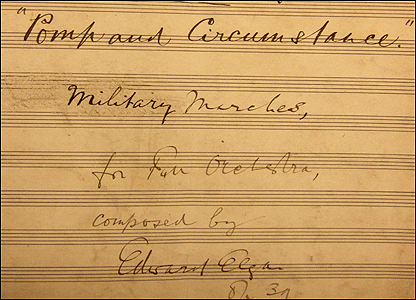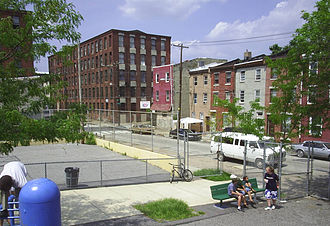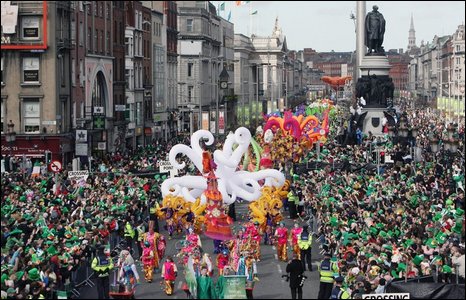 New York City is considered one of the most culturally diverse cities in the United States.
New York City is considered one of the most culturally diverse cities in the United States.
During the first week of April, I had the privilege of traveling to New York City in order to represent Kenya with 14 other students from my University in the National Model United Nations Conference. The conference was held at the Marriott Marquis hotel in Times Square, and it was such an incredible opportunity in so many unique ways. Over half of the students at the conference came from international schools and spoke English as their second, third or even fourth language. I had the chance to interact with these students and other unique individuals on the streets and in the deli shops of New York City, and it once again reminded me of the beautiful diversity that we experience in America and the incredible opportunities that we have to learn about our world through the wonderfully diverse people all around us.
 America is home to a wide range of cultures and ethnics groups.
America is home to a wide range of cultures and ethnics groups.
This week I’ve been reading about cultural diversity in America, and I discovered that Houston is now considered the most ethnically diverse metropolitan area in the United States according to a report published in March by Rice University. This report made its determination based on census data from 1990, 2000 and 2010. The report shows that an increase in Latino immigration patterns and decrease in segregation between ethnic groups has contributed to the city’s ethnic diversity. Latinos now comprise more than one third of the population, and the report estimates that Latinos will soon surpass the Anglo population in the region.
 Houston is considered the most diverse metropolitan area in the United States.
Houston is considered the most diverse metropolitan area in the United States.
Some estimate that over 90 languages are spoken in Houston, and the city is rich with Asian, African-American and Latino culture. Many festivals in the city highlight the diversity within it, such as the Greek festival and the Bayou City art festival.
 Los Angeles used to be the most culturally diverse city in the United States.
Los Angeles used to be the most culturally diverse city in the United States.
Prior to March 2012, Los Angeles was ranked as the most diverse city in the United States with New York in second place. Originally inhabited by several Native American tribes, Los Angeles was later settled by the Spanish who gave the location its name as the “city of angels.” It is known as the “creative capital” of the world and is home to multiple ethnic groups including Hispanics, African-Americans and Asians. Over 200 languages are spoken in the city, and a variety of annual festivals including the Golden Dragon Parade, the Valley Greek Festival, the Indian film festival, and the JazzReggae festival celebrate the city’s diversity.
 New York City is famous for its vast array of cultures and ethnic groups.
New York City is famous for its vast array of cultures and ethnic groups.
Home to Ellis Island and one of the original entry points for many European immigrants, New York City has historically been one of the biggest melting pots in the world. More than one-third of the city’s residents were born outside of the United States, and the biggest countries of origin include the Dominican Republic, China, Jamaica, Mexico and Haiti. There are also large numbers of African-American, Italian, Irish and Jewish populations. Additionally, New York City is home to the United Nations as well as some of the best food from all over the world including Italian, Greek and Egyptian.
 Home to Ellis Island and the Statue of Liberty, New York City is known as the “melting pot” of the world.
Home to Ellis Island and the Statue of Liberty, New York City is known as the “melting pot” of the world.
Other culturally diverse cities include Oakland, California; San Diego, California; Dallas, Texas; San Antonio, Texas; Las Vegas, Nevada; San Francisco, California; and Miami, Florida.
 America is seen as the land of opportunity and hope.
America is seen as the land of opportunity and hope.
America prides itself as being the land of opportunity and the “melting pot” of the world. We can clearly see that American metropolitan areas clearly meet the melting pot description and are home to multiple ethnic groups from all around the world. But is America really the land of opportunity? Have immigrants really found a better life by coming to this land?
 America is home to numerous ethnic groups and nationalities, each of which we should celebrate and cherish.
America is home to numerous ethnic groups and nationalities, each of which we should celebrate and cherish.
The diversity that exists is an aspect of our culture that I love, and one that I think we need to highlight, embrace and continue to foster. As the world becomes more globalized, interactions with individuals from other cultures will critically help us in engaging our international partners, coworkers and friends. We must welcome the cultural diversity in America and ensure that all ethnic groups are embraced and valued. For America really should be the land of opportunity for all.
To learn more about cultural diversity in the United States, visit http://2010.census.gov/news/releases/operations/cb11-cn125.html.
To learn about the top 12 culturally diverse cities in the United States, visit http://www.cnbc.com/id/43066296/The_Top_10_Most_Diverse_Cities_in_America?slide=11.
To learn about cultural diversity in Houston, visit http://www.huffingtonpost.com/2012/03/05/houston-most-diverse_n_1321089.html.
















































